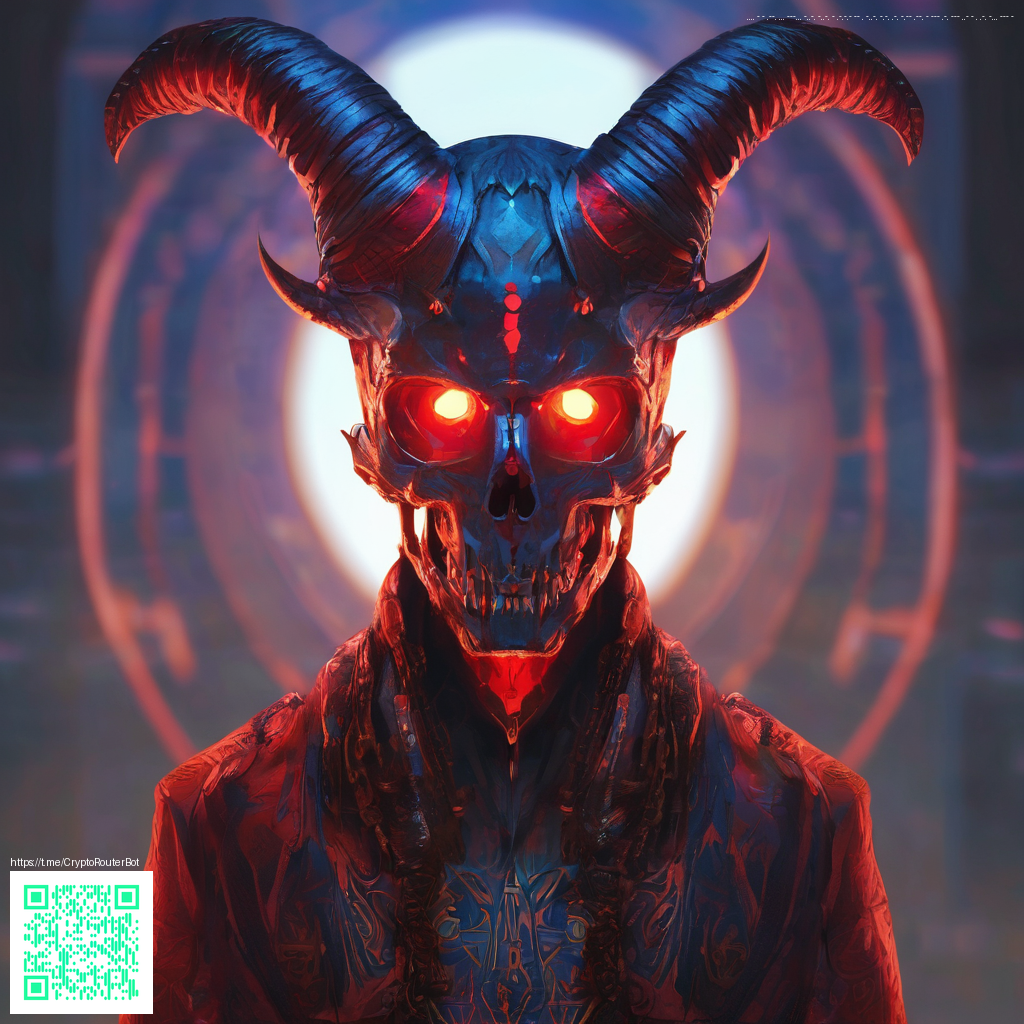
Image credits: X-05.com
How MOPA Laser Engraving Creates Optical Diffraction Patterns
Master Oscillator Power Amplifier (MOPA) architectures are transforming precision engraving by delivering cleaner beams, higher peak powers, and more controllable energy delivery. When laser light interacts with a surface, especially one featuring regular microstructures or geometric patterns, the light can bend, interfere, and form diffraction patterns that become visible to the eye. This article examines how MOPA systems influence those patterns, and what designers and manufacturers can do to predict and harness them in real-world applications.
What MOPA brings to engraving quality
A MOPA laser splits the process into two stages: a stable, narrow-linewidth oscillator that defines the fundamental beam, and a high-gain amplifier that increases power without significantly compromising beam quality. The result is a beam that remains near single-mode, even at higher output levels. For engraving, this means sharper, more consistent focal spots, reduced pedestal effects, and better energy density control. The immediate consequence is tighter feature definition on suitable materials and a more repeatable response when scanning patterns across a workpiece.
Because diffraction is highly sensitive to the micro-scale geometry of the engraved surface, the ability to sustain a clean, small spot while delivering adequate energy enables designers to push for finer periodic structures. When those structures sit at spacing comparable to the light’s wavelength, diffraction effects become more pronounced, revealing patterns that can be aesthetically interesting or functionally relevant for optical sensing, anti-counterfeiting, or decorative effects.
Why diffraction patterns emerge on engraved surfaces
Diffraction patterns arise when light encounters regular, sub-surface features or surface topography with periodicity close to the light’s wavelengths. In practice, engravers use tightly controlled dot arrays, line gratings, or micro-patterns. A high-quality MOPA beam can create consistent, repeatable micro-features with minimal stray energy, meaning the resulting diffractive patterns are predictable rather than random.
Several factors influence the appearance of these patterns. The wavelength of the laser, the spot size at the surface, and the spatial frequency of the engravings all interact to determine the intensity and angle of the diffracted light. In addition, the material’s optical properties—refractive index, surface roughness, and porosity—play a critical role in how light scatters after engraving. A surface with uniform, low roughness tends to reveal clearer diffraction lines, while a highly irregular substrate can diffuse the light and blur the patterns.
Key parameters that influence the patterns
- Wavelength and coherence: Shorter wavelengths and high temporal coherence produce more defined diffraction features, especially in finely pitched engravings.
- Pulse duration and energy delivery: Shorter pulses reduce heat-affected zones, preserving crisp micro-features and minimizing smear in edges that would otherwise degrade pattern fidelity.
- Spot size and focus quality: A smaller, well-focused spot yields finer periodic structures that are prime candidates for diffraction effects.
- Scan strategy and pattern geometry: Raster versus vector approaches, step-over distances, and dwell times determine how consistently micro-features are formed across a surface.
- Material properties: Substrate hardness, color, and topography alter how light interacts with the engraved region, shaping visibility and color hues in the diffraction.
Case study: testing on neoprene surfaces
Neoprene-based materials, such as a typical 9x7 neoprene gaming mouse pad with stitched edges, offer a stable testbed for diffraction experiments. The uniform polymer matrix provides predictable energy absorption and a relatively smooth background against which diffractive lines can be perceived. For designers exploring optical effects, starting on a dark, matte neoprene surface helps diffraction features stand out under bright, diffuse illumination. The surface’s thickness and backing also influence heat dissipation, which in turn affects how faithfully micro-features maintain their shape during engraving.
In practice, engineers might run a small family of tests that vary pattern pitch, pulse energy, and scan speed to map how the MOPA system translates design intent into visible optical results. Observations can guide decisions about when to deploy diffractive patterns for branding, security features, or purely decorative applications. The takeaway is that high-quality beam delivery enables more reliable replication of micro-patterns, which is essential when diffraction contributes to the final aesthetic or functional outcome.
Workflow: from design to engraving
- Define the intended diffraction effect, including spacing, orientation, and contrast against the substrate.
- Choose a MOPA-based engraving setup that maintains a stable, narrow beam at the required power level.
- Calibrate focus and spot size using a test grid on the target material, ensuring a consistent energy density.
- Experiment with a range of pattern pitches and scanning strategies to identify the most robust diffractive result.
- Document the relationship between process parameters and observed diffraction, then translate findings into production-ready guidelines.
For teams evaluating a surface-ready test bed, the Neon Gaming Mouse Pad 9x7 Neoprene Stitched Edges serves as a practical reference. It represents a common, accessible substrate for iteration and proof-of-concept work before broader production runs.
Designers should balance the desire for striking optical effects with practical considerations like durability, wear resistance, and cleanability. MOPA engraving provides the precision needed to explore those boundaries, while maintaining repeatable results across a batch run.
neon gaming mouse pad 9x7 neoprene stitched edges 1More considerations for practitioners
- Respect material constraints: even slight changes in backing or coating can shift diffraction visibility.
- Plan for inspection: diffractions are angle-dependent; evaluate from multiple viewing directions.
- Document process stability: track changes in beam quality over time to ensure consistent results.
- Protect downstream surfaces: ensure appropriate coatings or lamination if the engraved piece will be handled or exposed to wear.